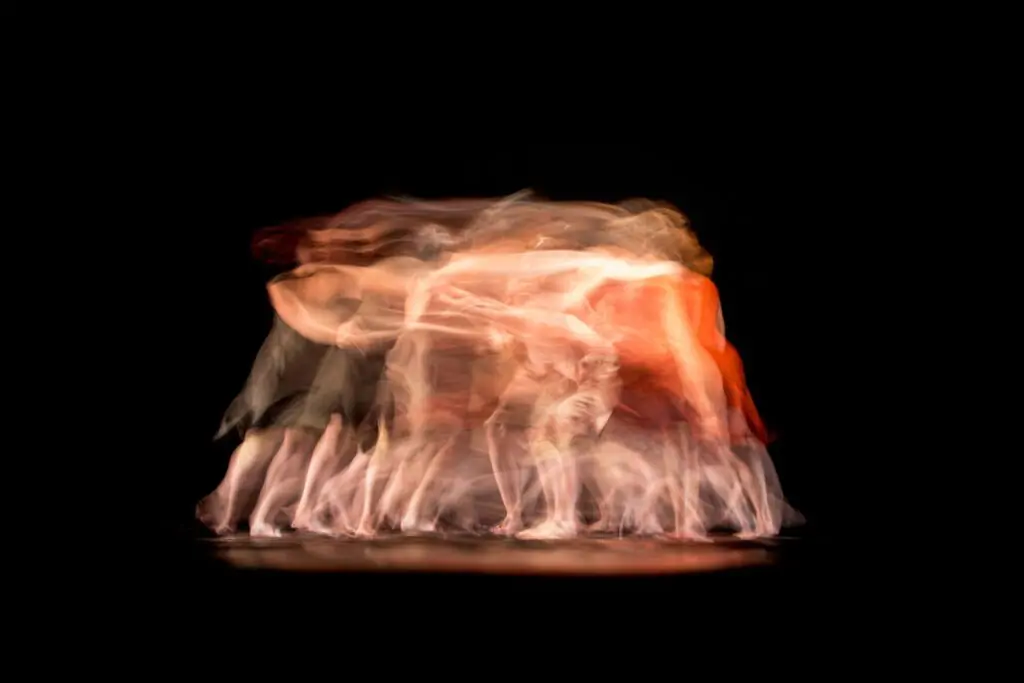Unveiling the Uncommon Phenomenon: Beach Cameltoe

As I delve into the mesmerizing world of beach fashion and seaside aesthetics, I find myself drawn to a subject that’s both intriguing and often shrouded in mystery – the fascinating concept of the beach cameltoe. The mere mention of it might elicit a chuckle or raise an eyebrow, but it’s a topic that’s worth exploring with sensitivity and a keen eye for fashion trends and body positivity. In this personal journey through the enigmatic realm of beach cameltoes, I aim to shed light on its nuances, controversies, and evolving significance in the world of swimwear.
Understanding Cameltoe: The Basics
Before we dive headfirst into this intriguing topic, let’s take a moment to decipher the very essence of the term – cameltoe. It’s a phrase that’s often tossed around in casual conversations and occasionally even within the confines of the fashion industry. At its core, cameltoe refers to the noticeable outline or crease that tight-fitting clothing, especially in the groin area, can create. It’s a relatively modern term with origins rooted in the striking resemblance between the shape of a woman’s intimate area when accentuated by form-fitting attire and the distinctive split toe of a camel.
The Origin of the Term
The emergence of the term “cameltoe” in popular culture is a relatively recent phenomenon, gaining prominence during the latter half of the 20th century. It’s interesting to note how language evolves to encapsulate contemporary experiences and observations. However, it’s crucial to approach this topic with sensitivity and respect, as it touches upon personal choices and body image.
The Beach and Cameltoe: A Confluence
A Common Sight
As someone who has spent countless sunny days at the beach, I can attest to the commonality of spotting instances of cameltoe. With the proliferation of high-cut swimsuits and daring bikinis, it’s not unusual to observe this fashion phenomenon while enjoying a day by the sea. But the question that often lingers is whether it’s purely accidental or a bold fashion statement.
Intentional Cameltoe?
In recent years, a peculiar trend has taken root in the world of swimwear – intentional cameltoe. Some innovative swimwear designers and enthusiasts have taken it upon themselves to craft swimsuits that accentuate this feature. It’s viewed as a bold and provocative fashion statement, challenging the traditional notions of modesty and redefining the boundaries of self-expression.
The Controversy Surrounding Cameltoe
Body Positivity vs. Objectification
The deliberate promotion of cameltoe in fashion has ignited fervent debates, particularly surrounding the themes of body positivity and objectification. Advocates argue that embracing and celebrating one’s body, regardless of its shape, is an empowering move towards self-acceptance. On the flip side, critics raise valid concerns about the potential objectification of women’s bodies for commercial gain.
Cultural Variations
It’s imperative to acknowledge that perceptions of cameltoe vary significantly across cultures. What might be considered taboo in one region could be celebrated as a bold fashion statement or a non-issue elsewhere. Understanding these cultural nuances is crucial for fostering a comprehensive discussion on the topic.
The Fashion Industry’s Role
Redefining Beauty Standards
The fashion industry, often criticized for perpetuating unrealistic beauty ideals, has been experiencing a transformation towards greater diversity and inclusivity. The inclusion of models with diverse body types and the celebration of natural beauty are promising steps in the right direction.
Pushing Boundaries
Fashion has always been a realm where boundaries are pushed, and societal norms are challenged. While intentional cameltoe might appear unconventional to some, it’s part of a broader movement aimed at redefining what is considered fashionable and beautiful. This evolution is a testament to the ever-changing nature of fashion trends.
Bursting Myths Surrounding Cameltoe
Myth #1: It’s Always Intentional
Contrary to widespread belief, not all instances of cameltoe are intentional. In many cases, it occurs due to ill-fitting clothing, and individuals may not even be aware of it. This revelation highlights the importance of comfort and proper fit in clothing choices.
Myth #2: It’s Limited to Women
Cameltoe is not limited to women alone. Men can also experience a similar phenomenon, humorously referred to as the “moose knuckle,” when their clothing fits tightly in the groin area. This emphasizes that the concept transcends gender boundaries.
Addressing Perplexities
The Fine Line
One of the perplexing aspects of cameltoe is determining the fine line between a bold fashion statement and objectification. This line is often subjective and varies from person to person, depending on individual beliefs and cultural backgrounds.
Consent and Autonomy
In the context of discussions surrounding intentional cameltoe, the principles of consent and autonomy take center stage. It’s crucial to acknowledge that individuals should have the agency to make choices about their clothing and self-expression without judgment or unwanted scrutiny.
Final Thoughts
As we wrap up this journey through the intriguing world of beach cameltoes, one thing is abundantly clear – it’s a multifaceted topic that touches upon fashion evolution, body positivity, and the intersection of culture and personal choice. While it continues to provoke discussions and debates, it serves as a poignant reminder of the ever-evolving landscape of fashion and self-expression.
 English
English 










































